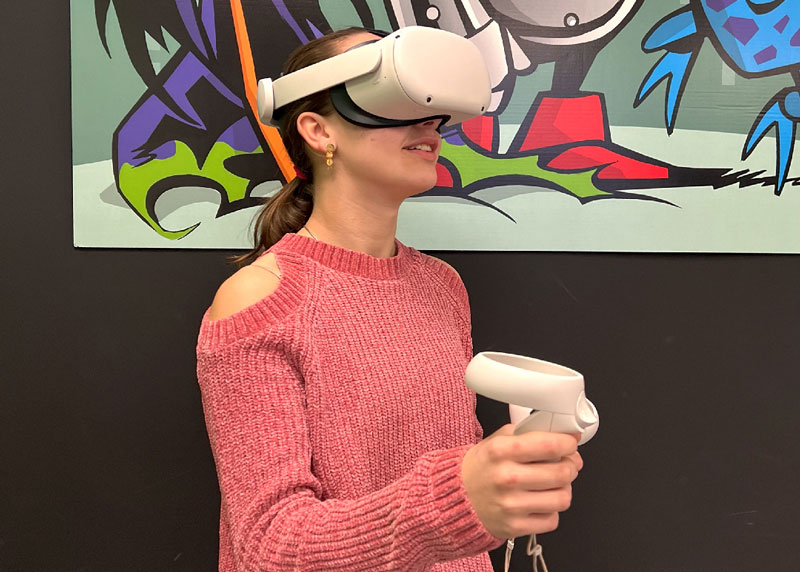From May 20 to 24, our centers have been celebrating the last theme week of this school year, which was dedicated to virtual reality. Codelearn students have had the opportunity to learn more about this technology, experience it through the use of specific applications and devices, and apply their new knowledge by participating in complementary classroom activities.
Virtual reality is an artificial reality perceived as real, aimed at replacing the surrounding reality through devices that make us believe we are in another place. It is a technology that allows users to interact with computer-generated environments to simulate a real experience. To explore and navigate within this artificial reality, special devices are used, such as VR glasses and haptic gloves, which enable us to enjoy the key features of virtual reality: total immersion within a virtual environment where we perceive images, sounds, and even tactile sensations; real-time interactivity within this virtual world; and realistic simulation, using advanced graphics and motion tracking technologies that create the sensation of living authentic experiences.
Initially, virtual reality was mainly used in the video game and entertainment industry. However, over the years, this technology has evolved and can now be applied to various fields. For example, in the education field, immersive learning experiences allow students to explore concepts through simulations and interactive exercises, enabling them to explore the inside of the human body or take a walk through a city’s history. Simulation is also used as a training tool for healthcare professionals, and it can help patients gradually expose themselves to anxiety-inducing situations.
The use of this technology is becoming increasingly diverse and will continue to expand thanks to daily advancements. Recently, the combination of artificial intelligence and virtual reality has taken a step further, enhancing the level of personalization and interactivity within virtual environments with the creation of intelligent avatars that can respond naturally and in real-time. Improvements in devices also mean that interaction with virtual objects is becoming more realistic, just as the combination of virtual reality and augmented reality has led to mixed reality and the creation of devices that seamlessly integrate elements from both the real and virtual worlds.

